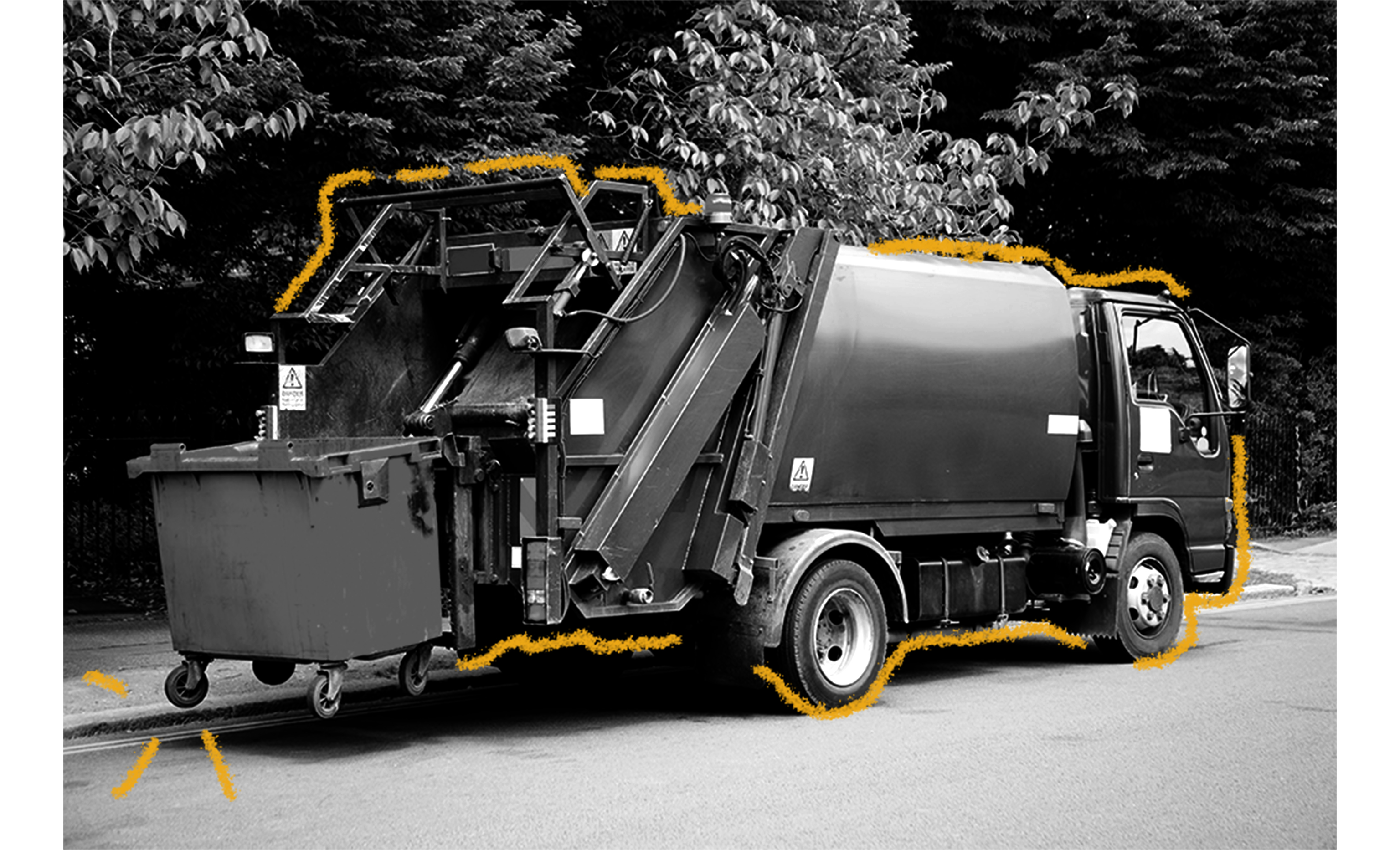The earliest garbage “trucks” were introduced around 200 A.D. by the Romans, who created a sanitation force made up of teams of men who would walk along the streets picking up garbage and putting it into wagons that would then move the garbage to remote sites. In 1354, King Edward III of England created a similar system where “rakers” would rake refuse from streets and alleyways, gather it onto carts, and then dump the cartloads of garbage into nearby rivers or bury them in pits. In 1860s America, Memphis became one of the first states to pass laws stating that garbage must be transported to and dumped in specific locations, however, dumping waste in “convenient” locations like rivers was still permitted in most of America up through the early 1900s. In 1897, the first self-propelled garbage trucks were ordered from the Thornycroft Steam Wagon and Carriage Company by the Chiswick District Council, replacing traditional garbage wagons and carts for the first time. However, the first American mass‐produced hydraulic rear‐load compacting garbage truck wasn’t introduced until 1937. It was called the Load Packer and was patented by Garfield Wood in 1938, but did not see widespread use until the late 1940s due to World War II material rationing. Around 1950, residential garbage collection trucks were updated to use a side-load process and a huge hydraulic-powered blade that packed the garbage into the back of the truck. (This piece of technology is still used in many garbage trucks on the road today.) During the 1990s and early 2000s, garbage truck technology made many more leaps and bounds, resulting in the trucks we are familiar with today. Most of them feature large, powerful hydraulic arms that can lift garbage bins and dump them into the trucks as well as strong packers that compact the garbage so effectively that modern trucks can haul double or even triple the amount of garbage that previous models could carry!

Your go-to guide for weird history facts
Subscribe to the FREE daily email that makes learning about history fun.


